Worksheet: Keeping Time with the Skies | Worksheets with Solutions for Class 8 PDF Download
| Table of contents |

|
| Multiple Choice Questions (MCQs) |

|
| Fill in the Blanks |

|
| Very Short Answer Questions |

|
| Short Answer Questions |

|
| Match the Following |

|
Multiple Choice Questions (MCQs)
Instruction: Select the correct option for each question.
Q1. Why can we sometimes see the Moon in the daytime?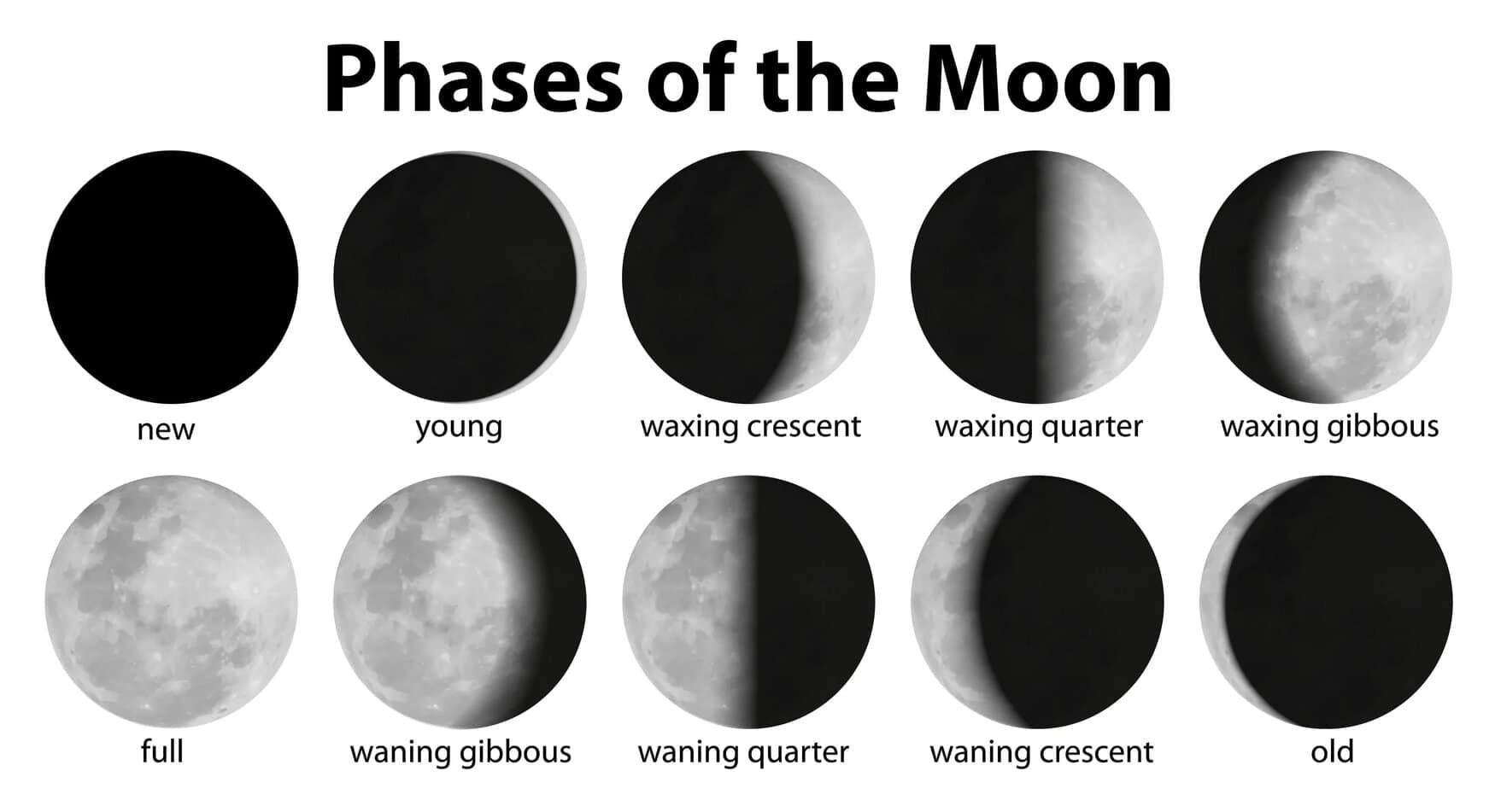 a) The Moon produces its own light
a) The Moon produces its own light
b) The Moon is closer than the Sun
c) Moonrise can occur in the afternoon and the Moon reflects sunlight
d) The Sun is off during the day
Q2. What causes the phases of the Moon?
a) Earth’s shadow falling on the Moon every night
b) Changing relative positions of the Sun, Earth, and Moon
c) Clouds covering the Moon
d) Changes in Moon’s shape
Q3. Which day corresponds to no visible Moon in the sky?
a) Full Moon (Purnima)
b) Half Moon
c) New Moon (Amavasya)
d) Gibbous Moon
Q4. In India, the waxing period of the Moon is called:
a) Krishna Paksha
b) Shukla Paksha
c) Dakshinayana
d) Uttarayana
Q5. Which statement about eclipses is correct?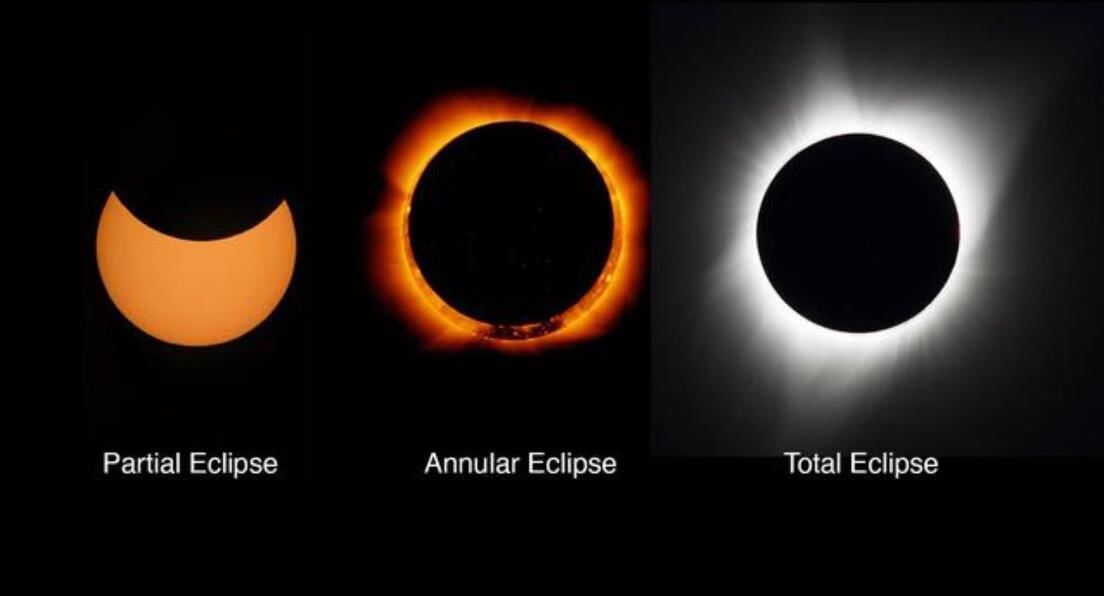 a) Lunar eclipses happen every full Moon
a) Lunar eclipses happen every full Moon
b) Phases are caused by eclipses
c) Lunar eclipses can occur only on full Moon day
d) Solar eclipses can occur only on full Moon day
Fill in the Blanks
Instruction: Fill in the blanks with the correct word based on the chapter.
Q1. The Indian National (Saka) Calendar begins on __________ March in a normal year.
Q2. Years divisible by 4 are leap years, with exceptions for century years not divisible by __________.
Q3. Artificial satellites are human-made objects placed into __________ around Earth.
Q4. Space junk from old satellites and rockets is called space __________.
Q5. Vikram Sarabhai is known as the Father of the Indian __________ programme.
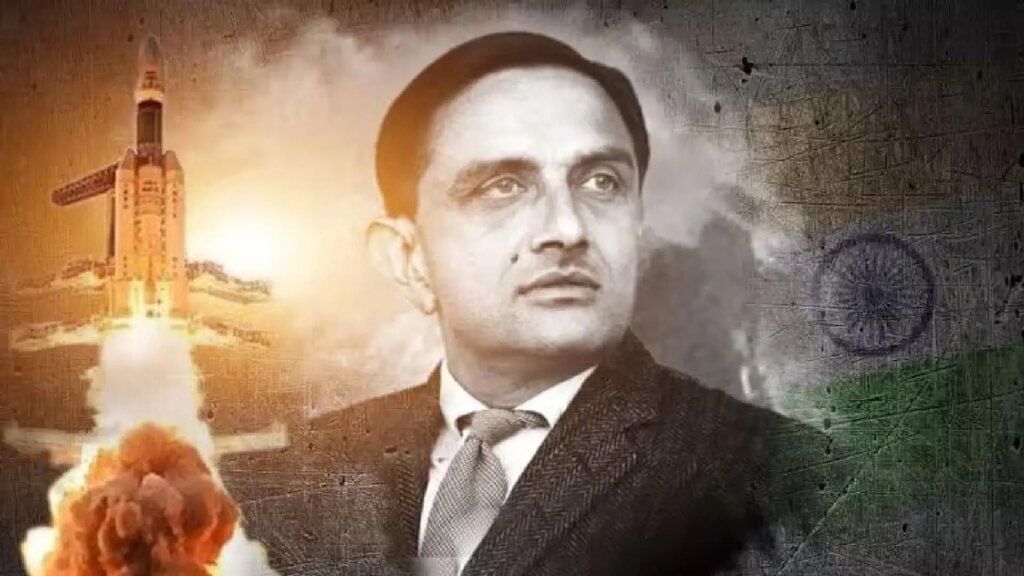 Vikram Sarabhai
Vikram Sarabhai
Very Short Answer Questions
Instruction: Answer the following questions in one line.
Q1. Why don’t eclipses happen every month?
Q2. Which phase shows more than half illuminated but not full?
Q3. How much later does the Moon rise each successive day on average?
Q4. Name one festival linked to the new Moon.
Q5. Give one use of artificial satellites.
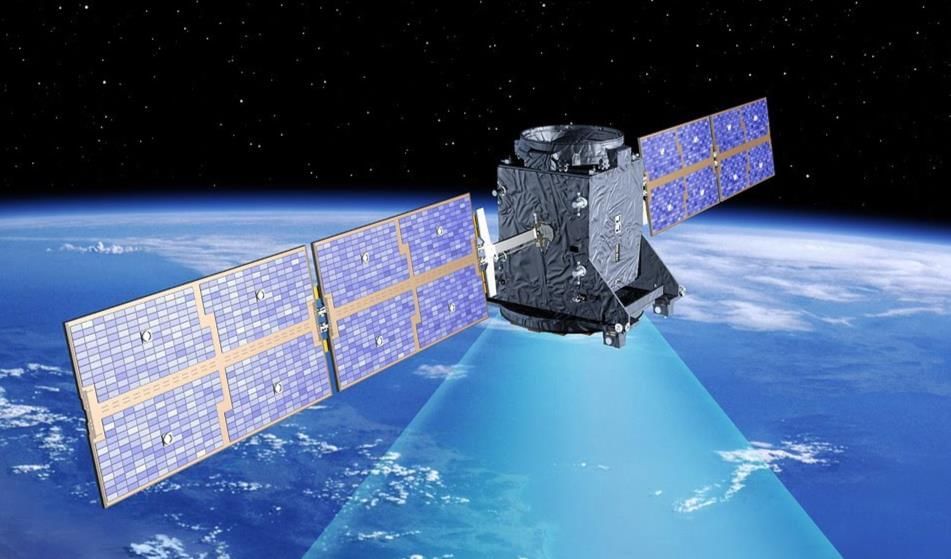 Artificial Satellites
Artificial Satellites
Short Answer Questions
Instruction: Answer the following questions in 2–3 lines.
Q1. Explain why the Moon appears to change shape.
Q2. Differentiate waxing and waning phases.
Q3. How do lunar, solar, and luni-solar calendars differ?
Q4. What is the Indian National (Saka) Calendar and when does it start?
Q5. List two ISRO missions and their focus.
Match the Following
Instruction: Match Column A with the correct option in Column B.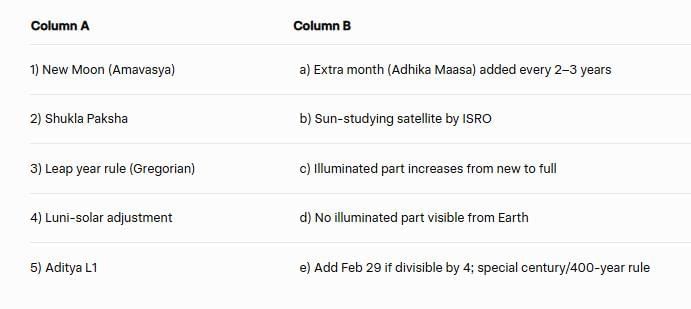
FAQs on Worksheet: Keeping Time with the Skies - Worksheets with Solutions for Class 8
| 1. What is the main theme of the article "Keeping Time with the Skies"? |  |
| 2. How did ancient cultures utilize the sun for timekeeping? |  |
| 3. What role did the moon play in the timekeeping practices of ancient societies? |  |
| 4. Can you explain the significance of star constellations in timekeeping? |  |
| 5. How did the invention of mechanical clocks change timekeeping practices? |  |



















